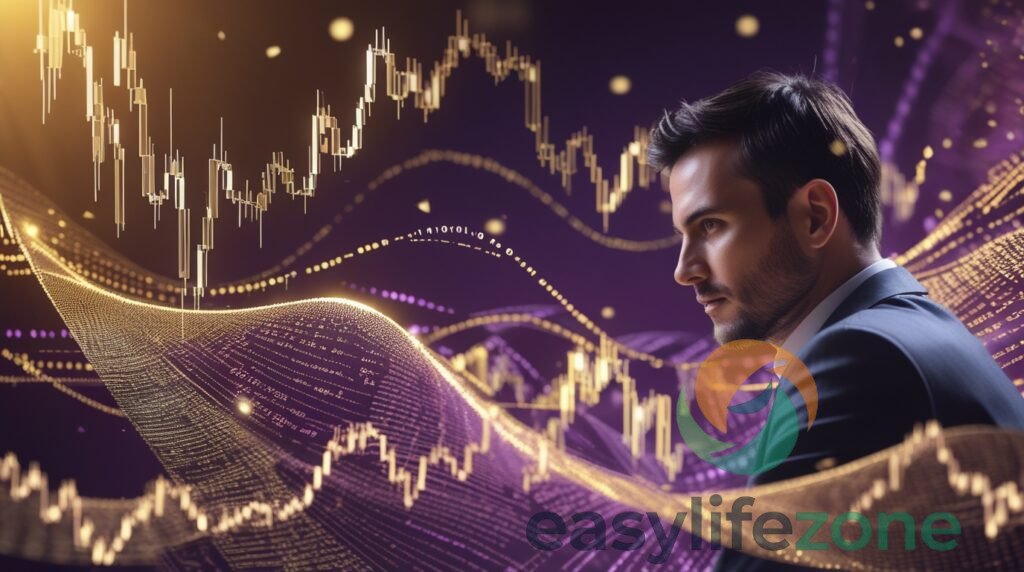Physical Address
304 North Cardinal St.
Dorchester Center, MA 02124
Physical Address
304 North Cardinal St.
Dorchester Center, MA 02124
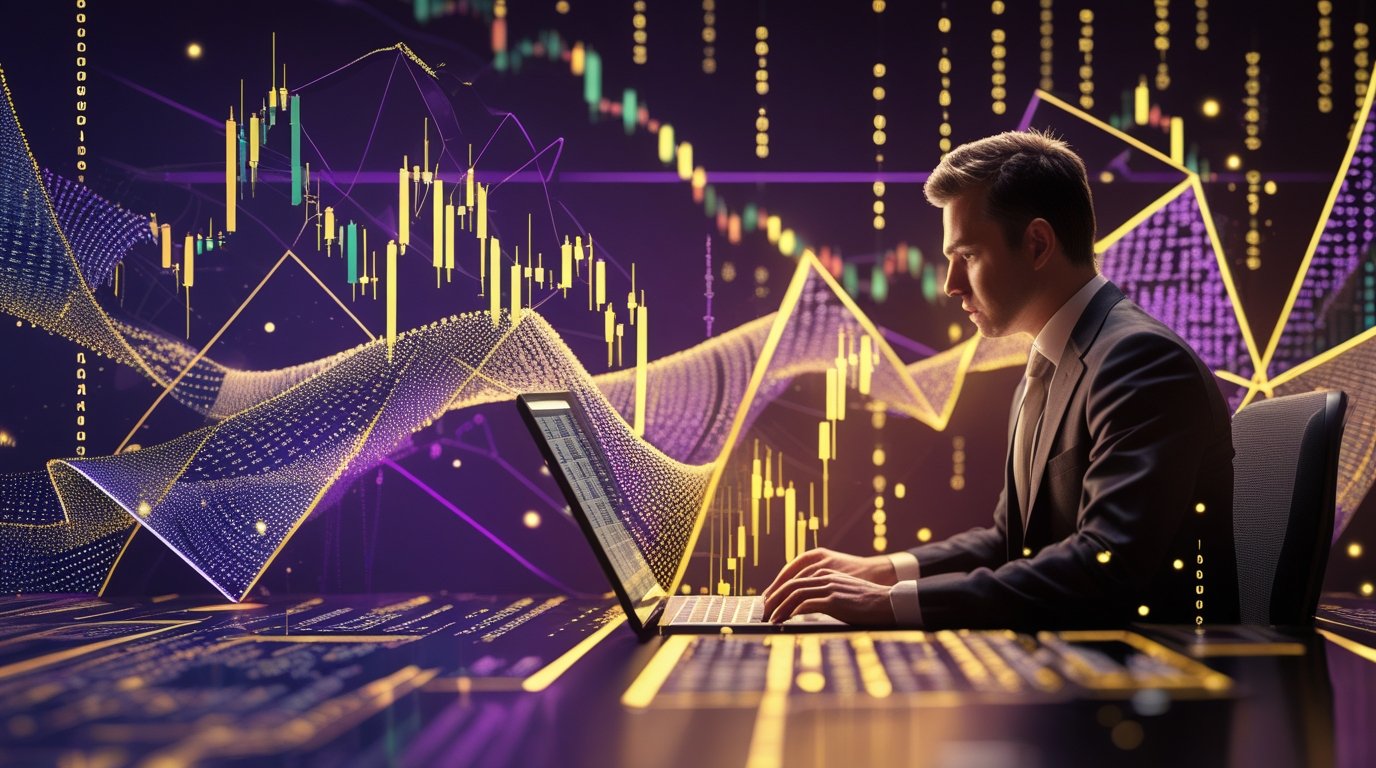
The foreign exchange market, with its daily trading volume exceeding $7.5 trillion, has undergone a dramatic transformation over the past decade. Gone are the days when successful forex trading required traders to sit glued to their screens for hours, manually analyzing charts and executing trades. Today’s sophisticated automated trading systems, known as Expert Advisors (EAs), have democratized access to professional-grade trading strategies that were once exclusive to institutional investors.
As we navigate through 2025, the landscape of automated forex trading continues to evolve at breakneck speed. Advanced algorithms powered by artificial intelligence, machine learning capabilities, and real-time market analysis have created opportunities for both novice and experienced traders to participate in the global currency markets with unprecedented precision and efficiency.
This comprehensive guide explores the intricate world of forex Expert Advisors, examining their functionality, benefits, risks, and the key factors that separate successful automated trading systems from mediocre ones. Whether you’re a seasoned trader looking to automate your strategies or a newcomer seeking to understand this technology, this article provides the insights you need to make informed decisions in today’s dynamic trading environment.
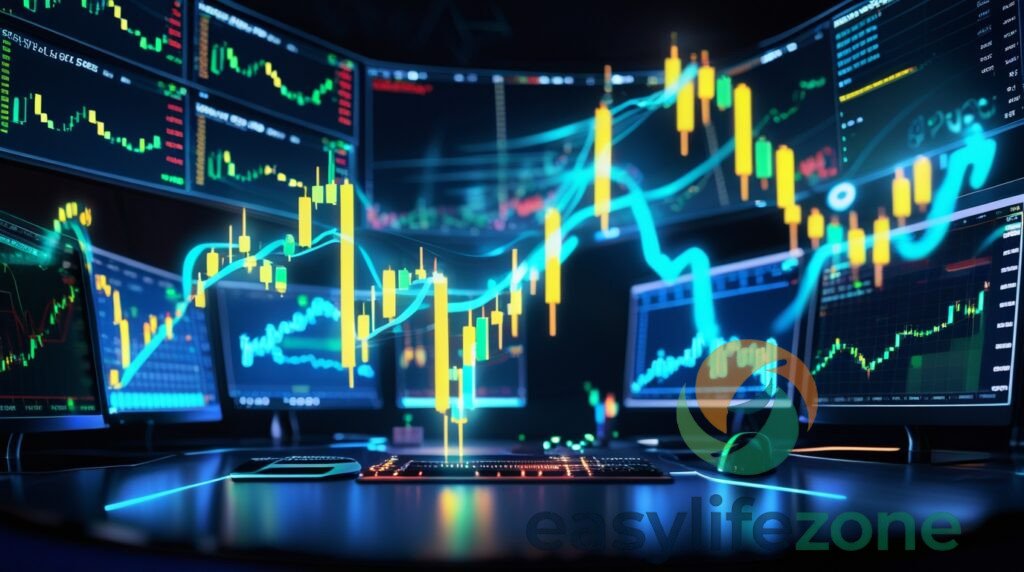
Expert Advisors represent sophisticated software programs designed to execute trades automatically based on predetermined rules and market conditions. These systems operate within popular trading platforms like MetaTrader 4 (MT4) and MetaTrader 5 (MT5), analyzing market data in real-time and making trading decisions without human intervention.
The core functionality of modern EAs extends far beyond simple buy and sell signals. Today’s advanced systems incorporate multiple trading strategies, dynamic risk management protocols, and adaptive algorithms that adjust to changing market conditions. This multi-layered approach allows automated systems to navigate various market scenarios, from trending markets to sideways consolidation periods and high-volatility events.
1. Multiple Strategy Integration The most effective EAs combine several proven trading methodologies within a single system. This diversified approach typically includes trend-following strategies for capturing sustained market movements, countertrend strategies for capitalizing on market reversals, and scalping techniques for exploiting short-term price inefficiencies. By integrating these different approaches, advanced EAs can maintain consistent performance across various market conditions.
2. Dynamic Parameter Adjustment Unlike static trading systems that use fixed parameters, sophisticated EAs continuously adjust their settings based on current market volatility, spread conditions, and economic events. This adaptive capability ensures that the system remains optimized for prevailing market conditions without requiring constant manual intervention.
3. Comprehensive Risk Management Professional EAs incorporate multiple layers of protection, including dynamic stop-loss calculations, position sizing algorithms, maximum drawdown limits, and correlation-based exposure management. These features work together to preserve capital during adverse market conditions while maximizing profit potential during favorable periods.
4. Real-Time Market Analysis Modern automated systems process vast amounts of market data instantaneously, analyzing price patterns, volume indicators, economic news releases, and inter-market relationships. This comprehensive analysis enables EAs to identify high-probability trading opportunities that might be missed by human traders.
The integration of artificial intelligence and machine learning algorithms has revolutionized automated forex trading. These technologies enable EAs to learn from historical market behavior, identify subtle patterns, and adapt their strategies based on emerging market trends.
Machine learning algorithms excel at processing complex datasets and identifying non-linear relationships between various market factors. This capability allows modern EAs to recognize market regimes and adjust their behavior accordingly. For instance, an AI-powered system might detect the onset of high-volatility periods and automatically reduce position sizes while tightening stop-loss levels to protect against adverse price movements.
Advanced EAs can execute hundreds or even thousands of trades per year, capitalizing on small price movements that occur throughout the trading day. This high-frequency approach requires sophisticated execution algorithms that minimize slippage and maximize fill rates, especially during volatile market conditions.
The technology behind high-frequency trading includes optimized order routing, latency reduction techniques, and advanced price prediction models. These components work together to ensure that trades are executed at the most favorable prices possible, even in fast-moving markets.
Professional-grade EAs analyze market conditions across multiple timeframes simultaneously, from tick-level data to daily and weekly charts. This comprehensive approach provides a more complete picture of market dynamics and helps identify trading opportunities that align with both short-term price movements and longer-term trends.
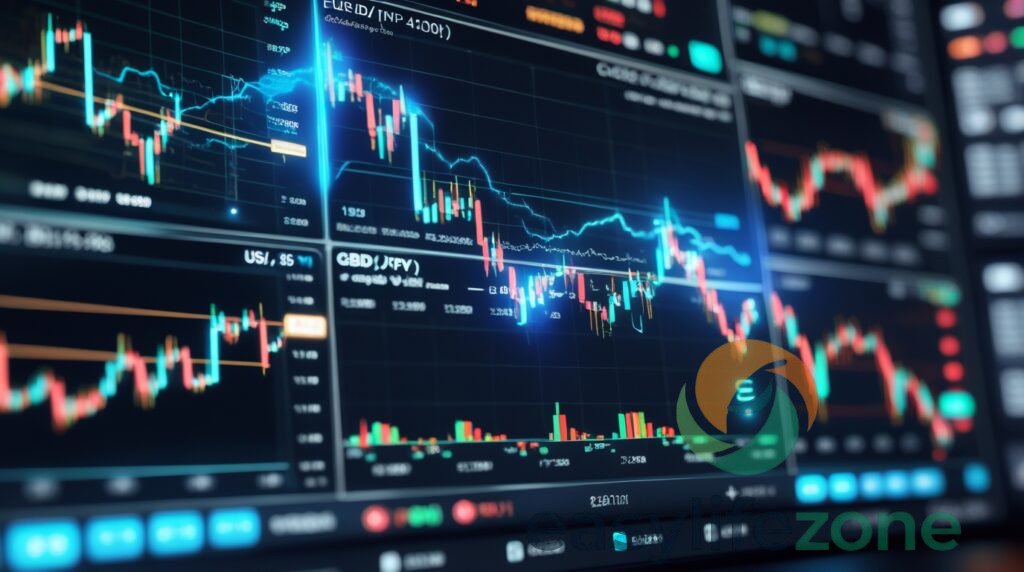
Trend-following systems remain among the most popular and effective approaches in automated forex trading. These strategies identify established market trends and position trades in the direction of the prevailing momentum. Advanced trend-following EAs use sophisticated filters to distinguish between genuine trends and temporary price fluctuations, reducing false signals and improving overall performance.
Modern trend-following systems incorporate multiple confirmation signals, including moving average crossovers, momentum indicators, and volume analysis. They also employ dynamic position sizing techniques that increase exposure during strong trends while reducing risk during uncertain market conditions.
While trend-following strategies capitalize on sustained price movements, countertrend systems profit from market reversals and mean reversion patterns. These strategies identify overbought and oversold conditions, positioning trades to benefit from subsequent price corrections.
Successful countertrend EAs use multiple reversal signals, including RSI divergences, support and resistance levels, and candlestick patterns. They also incorporate strict risk management rules to limit losses when markets continue trending against their positions.

Scalping strategies focus on capturing small price movements over short time periods, typically holding positions for minutes or even seconds. These systems require extremely fast execution speeds and tight spreads to be profitable, making them particularly suitable for major currency pairs during active trading sessions.
Advanced scalping EAs use sophisticated algorithms to identify optimal entry and exit points, often exploiting temporary price inefficiencies and market microstructure patterns. They also incorporate spread monitoring and news filtering to avoid trading during unfavorable conditions.
Grid and martingale strategies represent more aggressive approaches to automated trading, using position averaging and lot multiplication techniques to recover from losing trades. While these strategies can generate impressive returns during favorable market conditions, they also carry higher risk levels and require careful implementation.
Modern grid systems incorporate safety mechanisms such as maximum grid levels, equity stop-losses, and correlation filters to limit potential losses. They also use dynamic lot sizing algorithms that adjust position sizes based on account equity and current market volatility.

Effective risk management forms the cornerstone of successful automated trading. Advanced EAs employ dynamic stop-loss and take-profit algorithms that adjust based on market volatility, trade performance, and overall account equity. This adaptive approach ensures that risk parameters remain appropriate for current market conditions.
Dynamic stop-loss systems might use Average True Range (ATR) indicators to set stop levels based on recent volatility, while take-profit algorithms might employ risk-reward ratios that adjust based on market momentum and trend strength.
Sophisticated EAs calculate optimal position sizes using various methodologies, including fixed fractional sizing, Kelly criterion optimization, and volatility-based adjustments. These algorithms ensure that individual trades represent appropriate risk levels relative to account size and overall portfolio exposure.
Advanced money management systems also consider correlation between different currency pairs, avoiding over-concentration in related positions that might amplify losses during adverse market movements.
Drawdown protection mechanisms automatically reduce trading activity or pause trading entirely when account equity falls below predetermined thresholds. These systems help preserve capital during challenging market periods and prevent catastrophic losses that could eliminate trading accounts.
Modern drawdown protection systems use multiple triggers, including percentage-based equity stops, consecutive loss limits, and volatility-adjusted risk reduction protocols. They also incorporate recovery mechanisms that gradually resume normal trading activity as market conditions improve.
Professional EAs undergo extensive backtesting across multiple market conditions, economic cycles, and time periods. This comprehensive testing process helps identify potential weaknesses and validates strategy performance across various scenarios.
Effective backtesting includes analysis of different market regimes, including trending periods, range-bound markets, and high-volatility events. It also examines performance across different currency pairs, time zones, and economic conditions to ensure robust strategy design.
While backtesting provides valuable insights into historical performance, forward testing using real market conditions offers more reliable performance indicators. Professional EAs typically undergo months of forward testing on demo accounts before being deployed with real money.
This testing phase helps identify execution issues, slippage impacts, and broker-specific factors that might affect strategy performance. It also provides realistic expectations for future performance based on actual market conditions.

Evaluating EA performance requires analysis of multiple metrics beyond simple profit and loss figures. Important indicators include:
Broker selection plays a crucial role in EA performance, as execution quality, spreads, and server stability directly impact trading results. Professional automated traders prioritize brokers offering:
Modern EAs must be compatible with popular trading platforms while offering flexibility for different operating systems and hardware configurations. Most professional systems support both MT4 and MT5 platforms, ensuring broad accessibility for traders worldwide.
Technical requirements for optimal EA performance include:
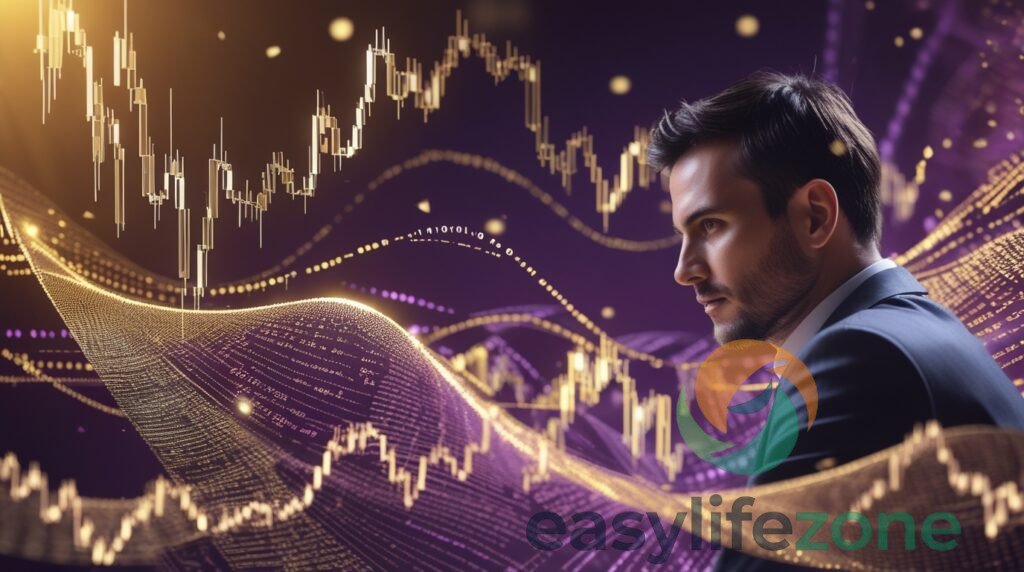
The regulatory landscape for automated forex trading varies significantly across different jurisdictions. Traders must understand applicable regulations in their home countries and ensure compliance with local financial laws.
Key regulatory considerations include:
Many modern EAs are designed to be compatible with proprietary trading firms (prop firms) that provide capital to qualified traders. These firms often have specific requirements regarding:
The continued evolution of artificial intelligence promises to further enhance automated trading capabilities. Future developments may include:
The growing importance of digital assets may lead to hybrid trading systems that operate across traditional forex markets and cryptocurrency exchanges. This integration could provide new opportunities for diversification and risk management.
Cloud computing advances may enable more sophisticated automated trading systems that leverage distributed computing resources for enhanced analysis and execution capabilities.
Successful automated traders often employ multiple EAs with different strategies, timeframes, and currency focus areas. This diversification helps reduce overall portfolio risk while maintaining consistent returns across various market conditions.
While EAs operate automatically, successful traders maintain regular oversight of system performance, market conditions, and account metrics. This monitoring enables quick responses to unexpected market events or system malfunctions.
Understanding the principles behind automated trading systems enhances decision-making regarding EA selection, parameter optimization, and risk management. Continuous education helps traders adapt to evolving market conditions and technological advances.
Successful automated trading requires realistic expectations about returns, drawdowns, and performance variability. Patient traders who allow their systems to operate through various market cycles typically achieve better long-term results than those who frequently switch between different approaches.
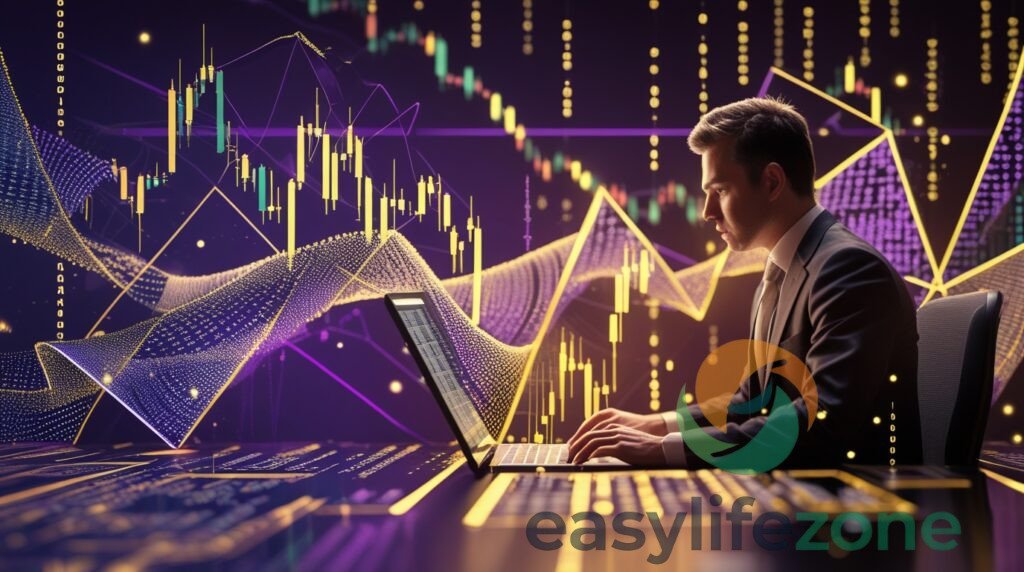
The world of automated forex trading continues to evolve rapidly, offering unprecedented opportunities for traders willing to embrace technological innovation. Modern Expert Advisors represent sophisticated tools that can enhance trading performance while reducing the emotional and time demands associated with manual trading.
However, success in automated trading requires careful EA selection, proper risk management, realistic expectations, and ongoing education about market dynamics and technological developments. Traders who approach automation with appropriate diligence and maintain realistic expectations are well-positioned to benefit from the continued evolution of forex trading technology.
As we move further into 2025 and beyond, the integration of artificial intelligence, machine learning, and advanced analytics will likely create even more powerful automated trading solutions. By understanding the principles outlined in this guide and staying informed about emerging developments, traders can position themselves to capitalize on the exciting opportunities that lie ahead in the world of automated forex trading.
The key to success lies not just in finding the perfect EA, but in developing a comprehensive understanding of automated trading principles, maintaining disciplined risk management practices, and remaining adaptable to the ever-changing landscape of global currency markets. With the right approach, automated trading systems can serve as powerful tools for achieving consistent profitability in the dynamic world of forex trading.
